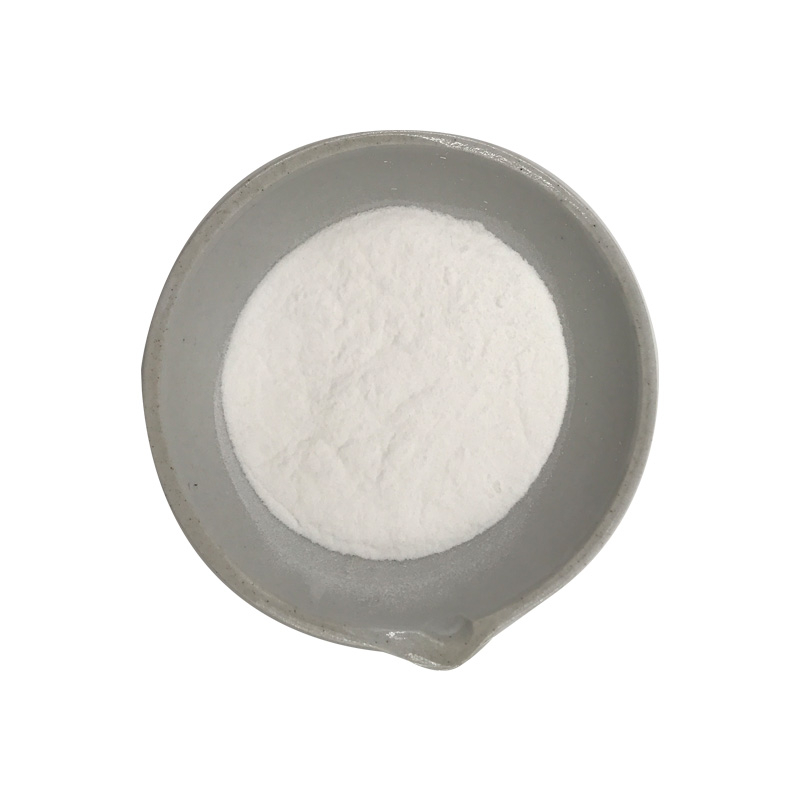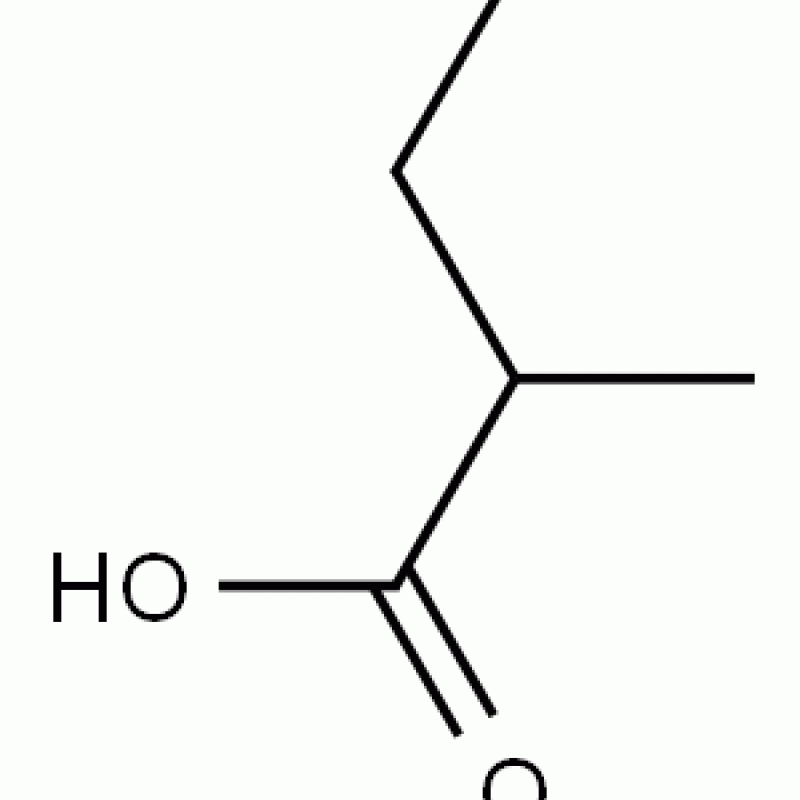Products Description of Tetrahydrothiopyran-4-one CAS#1072-72-6Tetrahydrothiopyran-4-one (4H-Thiopyran-4-one,tetrahydro-), the molecular formula is C5H8OS.Tetrahydrothiopyran-4-one Chemical PropertiesMelting point 60-64 °C (lit.)Boiling point 140.82°C (estimate)density 1.050 (estimate)refractive index 1.5100 (estimate)storage temp. Inert atmosphere,Room Temperaturesolubility Acetonitrile (Slightly), Chloroform (Slightly)form Crystalline Solidcolor White to pale yellowBRN 106464InChIKeyOVRJVKCZJCNSOW-UHFFFAOYSA-NLogP0.490 (est)CAS DataBase Refer
Contact Now
Products Description of 3-Ethyl-3-oxetanemethanolCAS#3047-32-3Mainly used for UV polymerization, synthesis of coatings and resins.
Contact Now
Products Description of 3-Hexylthiophene CAS#1693-86-33-Hexylthiophene is an important and commonly used electroactive compound.3-Hexylthiophene Chemical PropertiesMelting point -39.15°C (estimate)Boiling point 65 °C/0.45 mmHg (lit.)density 0.936 g/mL at 25 °C (lit.)refractive index n20/D 1.496(lit.)Fp 100 °Fstorage temp. Keep in dark place,Inert atmosphere,Room temperatureform Liquidcolor Clear colorless to slightly yellow or redWater Solubility Partly soluble in water.BRN 1617129CAS DataBase Reference1693-86-3(CAS DataBase Refe
Contact Now
Products Description of CALAMINE CAS#8011-96-9Calamine is also known as Lugan Stone, Gan Stone, Lugan Stone, Sheep Liver Stone, Fushui Gan Stone, Luyan Stone, and Dry Stone. It is an irregular block, flat or round, of varying sizes, with a white or light red surface, depressions or small holes, and powdery. It is light and loose, fragile, white or light red in cross section, granular, and has small pores, and is hygroscopic.Calamine is an ore of the carbonate mineral smithsonite. Calamine tastes sweet, flat, warm, and non-toxic.
Contact Now
Monopotassium phosphite CAS#13977-65-6Potassium dihydrogen phosphite, a chemical with the molecular formula KH2PO3, can be used as a direct bactericide and complexing agent for calcium and magnesium ions in industrial circulating water.
Contact Now
Products Description of Direct Triiron Tetraoxide CAS #1317-61-9Triiron tetroxide is obtained from its natural mineral magnetite. In the laboratory the compound may be prepared by adding sodium hydroxide solution to an aqueous solution of 1:2 molar mixture of ferrous and ferric salt. (i.e., 1 mol FeCl2 + 2 mol FeCl3).
Contact Now
Products Description of Crystal Violet CAS#548-62-9Gentian violet, also known as crystal violet and basic violet 3, is a commonly used artificial basic dye along with methyl green, neutral red, methylene blue, safranin, hematoxylin, malachite green, methyl violet and basic fuchsin. The dye index number is CIBasicViolet3(42555). It belongs to the triaminotriphenylmethane compound. It has the appearance of dark green powder or flaky crystals with bronze luster.
Contact Now
Products Description of 2-Aminobenzotrifluoride CAS#88-17-5O-aminotrifluorotoluene is a colorless or light yellow transparent liquid with a relative density of 1.282, a melting point of 34-35°C, and a boiling point of 174-175°C. It is slightly soluble in water and easily soluble in organic solvents such as alcohol and ether. It is the most popular chemical product in recent years.
Contact Now
Products Description of Silicon carbide CAS#409-21-2Silicon carbide, commonly known as diamond, is a ceramic compound formed by bonding silicon and carbon. Silicon carbide exists in nature in the form of a rare mineral called moissanite. Since 1893, silicon carbide powder has been used as an abrasive in large quantities. Sintering silicon carbide powder can produce hard ceramic silicon carbide particles, which can be used in materials that require high durability, such as automotive brake pads, clutches and bulletproof vests.
Contact Now
Products Description of 2,4,5-Trimethoxybenzaldehyde CAS#4460-86-02,4,5-Trimethoxybenzaldehyde is mainly used to prepare asarone. α-Asarone is mainly found in the volatile oils of natural products such as Acorus calamus. It has sedative, prolonged hypnotic and antibacterial effects. It is clinically used to treat mental illnesses such as chronic bronchitis, epilepsy, and coma.
Contact Now
Products Description of Dextrin CAS#9004-53-9White amorphous powder, odorless, slightly sweet taste.Dextrin Chemical PropertiesMelting point 53.75-54 °Cdensity 0.8 g/cm3storage temp. Store at RT.solubility H2O: 0.1 g/mL hot, complete, yellow to very deep yellowform powdercolor yellowOdorodorlessWater Solubility Soluble in hot water (0.1 g/ml).Sensitive HygroscopicMerck 14,2953Dielectric constant2.2(Ambient)Stability:Stable. Combustible.
Contact Now
Products Description of Chromium(VI) oxide CAS#1333-82-0Chromium trioxide is an inorganic compound with the chemical formula CrO3. It is a dark red or dark purple crystalline powder. It is soluble in water, sulfuric acid, nitric acid, ethanol, ether, acetic acid, and acetone. It is mainly used in electroplating industry, pharmaceutical industry, printing industry, tanning and fabric mordant dyeing.On October 27, 2017, the World Health Organization's International Agency for Research on Cancer published a preliminary list of carcinogens for reference.
Contact Now
Heptane CAS# 142-82-5N-Heptane is a flammable liquid, current in crude oil and extensively used in the auto- cell industry. For example, as a solvent, as a fuel knock trying out standard, as automobile starter fl uid, and paraffi nic naphtha. n-Heptane motives unfavourable fitness results in occupational workers, such as CNS depression, skin irritation, and pain.
Contact Now
Products Description of Lithium Bromide hydrate CAS#85017-82-9Lithium bromide is a highly efficient water vapor absorbent and air humidity regulator. Lithium bromide with a concentration of 54%-55% is used as an absorption refrigerant. In organic chemistry, it is used as a hydrogen chloride remover and an organic fiber (such as wool, hair, etc.) expansion agent. In medicine, it is used as a hypnotic and sedative.
Contact Now
Products Description of Methyl tetrahydropyran-4-carboxylate CAS#110238-91-0Tetrahydropyran-4-carboxylic acid methyl ester is a clear liquidMethyl tetrahydropyran-4-carboxylate Chemical PropertiesMelting point -33°CBoiling point 197°Cdensity 1.080 g/mL at 20 °C(lit.)Fp 86°Cstorage temp. Sealed in dry,Room Temperatureform liquidcolor ClearBRN 114974InChIKeyCNCMVGXVKBJYNU-UHFFFAOYSA-NCAS DataBase Reference110238-91-0(CAS DataBase Reference)Safety InformationHazard Codes XiRisk Statements 36-36/37/38Safety Statements 26-37
Contact Now
Products Description of N-[3-(Trimethoxysilyl)propyl]ethylenediamine CAS#1760-24-3N-(2-aminoethyl)-3-aminopropyltrimethoxysilane is a very representative silane coupling agent.
Contact Now
Products Description of 3-Pyridazinecarboxylic Acid CAS#2164-61-63-Carboxypyridazine is a heterocyclic derivative that can be used as a pharmaceutical intermediate in pharmaceutical experimental research and pharmaceutical synthesis.3-Pyridazinecarboxylic Acid CAS#2164-61-6 Chemical PropertiesMelting point 200-209 °CBoiling point 404.2±18.0 °C(Predicted)density 1.403±0.06 g/cm3(Predicted)storage temp. Keep in dark place,Sealed in dry,Room Temperatureform solidpka3.65±0.10(Predicted)Safety InformationHazard Codes XiRisk Statements 36/37/38Safet
Contact Now
Products Description of 3-(N-Methylpentylamino)propionic acid hydrochloride CAS#625120-81-2For organic synthesis3-(N-Methylpentylamino)propionic acid hydrochloride Chemical PropertiesMelting point 101-103°Cstorage temp. Sealed in dry,Room Temperaturesolubility Methanol (Slightly), Water (Slightly)form Solidcolor White to Off-WhiteStability:HygroscopicCAS DataBase Reference625120-81-2(CAS DataBase Reference)Factory and Equipment ShowFast delivery timeInventory 2-3 working days New production 7-10 working days
Contact Now
Products Description of Naphthalene CAS#91-20-3Naphthalene is the simplest condensed ring aromatic hydrocarbon with a chemical formula of C10H8. It is formed by the fusion of two benzene rings sharing two adjacent carbon atoms.
Contact Now
Bulk Calcium Chloride CAS#10043-52-4Product Description:At our company, we pride ourselves on offering high-quality Calcium Chloride with the chemical formula CaCl2. Our 99% Calcium Chloride is meticulously produced to meet the demands of various industries, ensuring optimal performance and efficiency.
Contact Now
Products Description of Poly(acrylic acid)CAS#9003-1-4Acrylic resin (MethylMethacrylateResin), commonly known as organic glass, is a polymer compound made from methyl methacrylate. Commonly used synthesis methods include anionic polymerization, solution polymerization, bulk polymerization, and suspension polymerization. In addition, the resin has excellent properties such as easy coloring, light weight, not easy to break, and good processing performance. Therefore, it is often used as a substitute for glass, optical lenses, lenses, etc.
Contact Now
Products Description of 2-Ethyl anthraquinoneCAS#84-51-5Pale yellow solid, melting point lower than anthraquinone, soluble in benzene, can be recrystallized from ethanol or acetic acid, melting point 108℃.2-Ethyl anthraquinone Chemical PropertiesMelting point 108-111 °C (lit.)Boiling point 180-190°Cdensity 1.27 g/cm3 (21℃)vapor pressure <1 hPa (25 °C)refractive index 1.6290 (estimate)Fp >210°Cstorage temp. Store below +30°C.solubility 0.00025g/lform powder to crystalcolor Light yellow to Amber to Dark greenWater Solubility Insol
Contact Now
Products Description of 2,4,5-Trichloropyrimidine CAS#5750-76-52,4,5-Trichloropyrimidine is a new type of reactive dye intermediate raw material and a synthetic raw material for new antibacterial and anti-inflammatory chemical drugs. With the continuous increase in sales of new reactive dyes and new antibacterial and anti-inflammatory drugs, the demand for the raw material 2,4,5-Trichloropyrimidine required for its synthesis is also growing. Therefore, it is particularly urgent to study its synthesis and develop a green new process suitable for industrial mass production.
Contact Now
Products Description of Lithium Aluminum Hydride CAS#16853-85-3Lithium aluminum hydride is a commonly used reducing agent in organic chemistry. It can reduce a variety of functional group compounds. It can also act on double-bond and triple-bond compounds to achieve hydroalumination. In addition, lithium aluminum hydride can also participate in the reaction as a base. For example, react LiAlH4 with 2 mol of ethanol to generate lithium diethoxyaluminum hydride [LiAlH2(OC2H5)2]; react with 3 mol of tert-butanol to generate lithium tri-tert-butoxyaluminum LiAlH[OC(CH3)3]3.
Contact Now

















![N-[3-(Trimethoxysilyl)propyl]ethylenediamine CAS#1760-24-3](https://sdluxicdn.huazhi.cloud/cdn/ff/1XTKAt_OOYi_hESPlOywnxqqrhOwjixyrJ7jbKv7qRw/1716845046/public/styles/chanpinzhutu/public/2024-05/%E6%97%A0%E8%89%B2%E6%B6%B2%E4%BD%93%20%282%29_20.jpg?itok=GEQYDPar)















